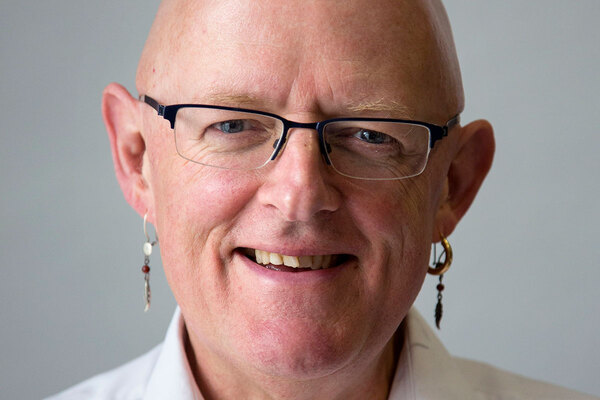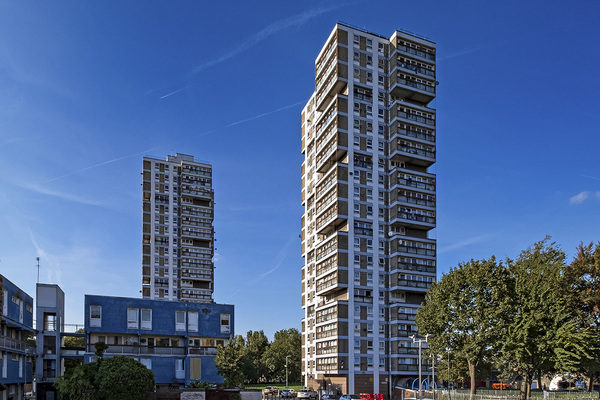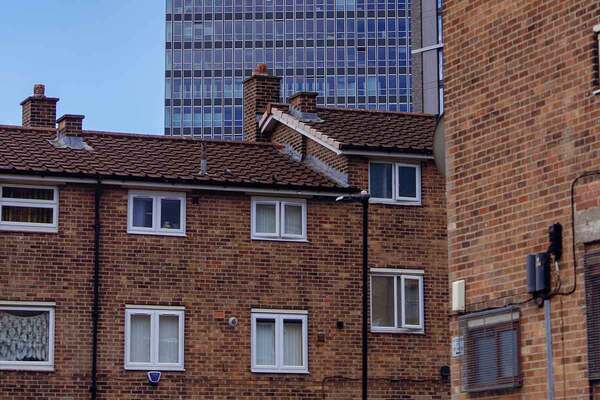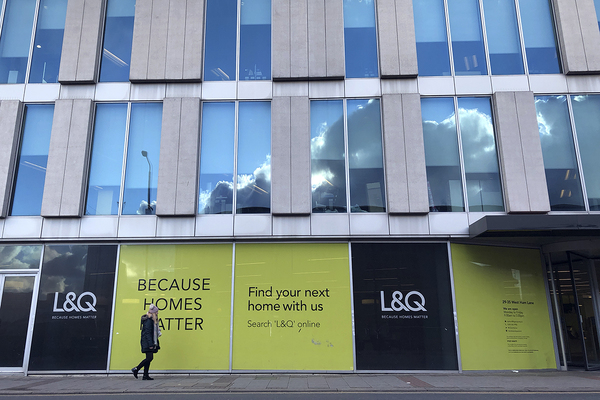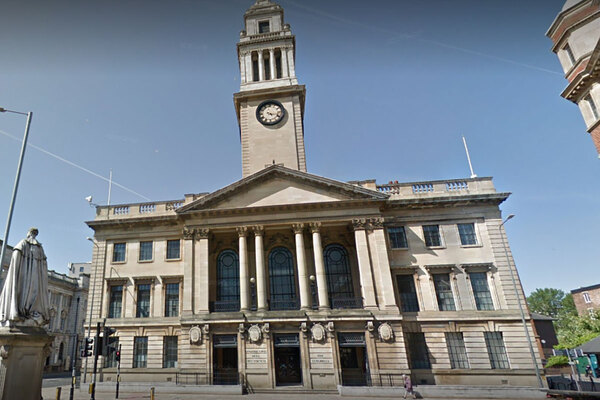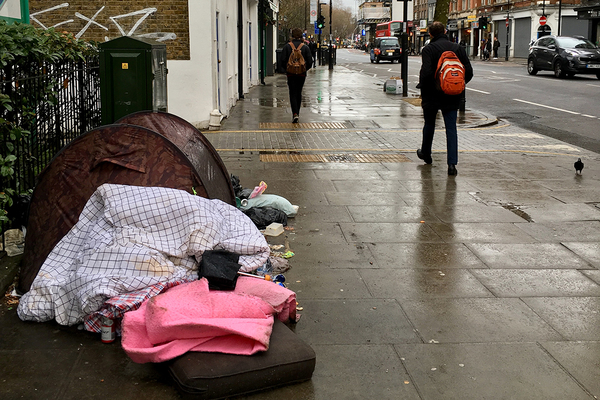You are viewing 1 of your 1 free articles
The hidden cost of stigma in social housing
Stigma around social housing runs deep, but attitudes can shift if we work together, writes Rick Liddiment, head of external affairs at Flagship Group
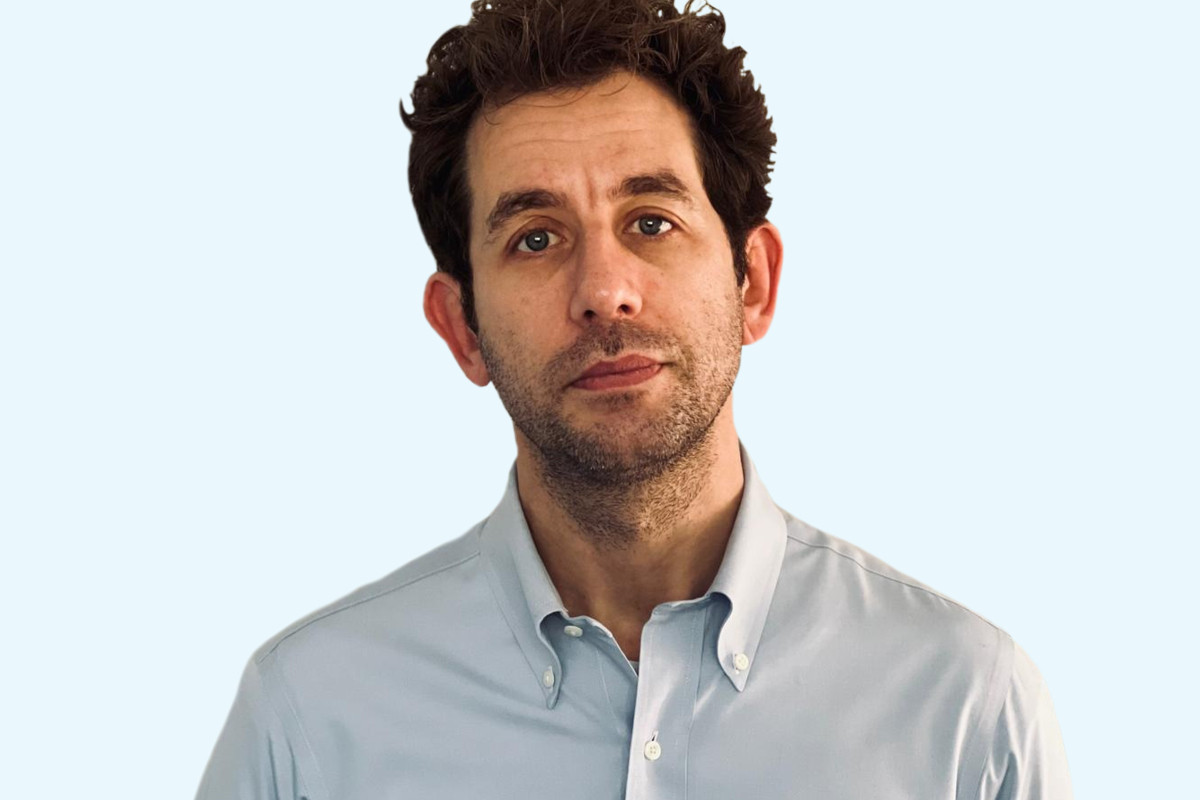
Social housing has been a vital part of my life. It gave me a stable childhood growing up in Great Yarmouth. I also saw its power to build a strong community where neighbours knew and helped each other.
At school, though, I sometimes faced the stigma of living in social housing. People assumed I couldn’t afford certain things because of where I was from. Strangely, there was also an air of stigma in my community towards those living in social housing elsewhere. But at that age, it didn’t bother me much. I had friends, places to play and, most importantly, a home. That was enough.
It was frustrating then in the 1980s and it’s heartbreaking now. The UK has changed a lot since then, but the stigma hasn’t gone away. If anything, it’s worse.
Social media plays a huge part – 60% of young people use it as a key source of information, and sadly, stereotypes spread faster than facts. Sensationalist TV programmes don’t help, as they reinforce harmful views. Then the cost of living crisis and growing economic inequality add even more pressure.
It feels like society is becoming more divided, and that’s making it harder for people in social housing to feel seen and valued.
The truth is that stigma comes from a misunderstanding of what social housing actually is. A stereotype has been created based on the actions of a small minority that ignores the true purpose of social housing.
“Over half of tenants told us stigma affects their mental health and nearly as many said it limits their career opportunities”
For some, it’s a helping hand – a step on the way towards getting onto the ‘housing ladder’. But with the challenges of private renting and homeownership, social housing has become a home for life for many. That shift raises important questions: what role should social housing play? How can we reshape public perceptions to reflect its true value?
At Flagship Group, we recently launched a report called Breaking Barriers: understanding and reducing social housing stigma. It’s based on data gathered in independent surveys of more than 1,600 people, including housing association staff, tenants and other members of the public.
The research uncovered painful truths. Over half of tenants told us stigma affects their mental health and nearly as many said it limits their career opportunities. These aren’t just numbers on a page. They’re people trying to build a future, only to find doors slammed shut because of baseless assumptions.
I know how those assumptions feel and I know they’re wrong. There’s a warped narrative about social housing. Decades of headlines about “problem estates” and programmes “documenting” daily life there have painted an unfair picture. The Right to Buy didn’t just lead to more than two million social rent homes being sold off, it reshaped public perceptions. Social housing went from being seen as a mainstream choice to a last resort.
That’s a dangerous misconception. It’s not about failure or desperation, it’s about providing a foundation to thrive. But the stigma clings, often from those who should be allies. Our research found that tenants often feel the sharpest sting of judgment from within – from housing staff and landlords. That shouldn’t happen.
One of the strongest messages from tenants in our research was about repairs. Being ignored, patronised or made to feel unworthy of basic service leaves scars. This goes beyond broken boilers or leaky ceilings. It’s about dignity. When landlords and housing associations don’t treat tenants with respect, they reinforce harmful stereotypes. It’s no wonder many tenants feel invisible or undervalued. If you’re made to feel like you don’t matter in your own home, how do you find the confidence to challenge the broader stigma?
Stigma doesn’t just hurt individuals, it tears at the fabric of communities. It fosters isolation, mistrust and division. To combat it, we need bold action across society. Media portrayals need a rethink. Positive stories about social housing and its tenants are out there, they just don’t make the news. We need to challenge this bias and amplify stories that show the reality: families finding security, communities working together and lives transformed.
“If you’re made to feel like you don’t matter in your own home, how do you find the confidence to challenge the broader stigma?”
Government strategies must prioritise social housing, not treat it as an afterthought. We need more homes, yes, but also leadership on awareness campaigns to tackle stigma.
Housing providers such as Flagship have a central role. Every interaction with tenants should build respect and trust. Staff training, better communication and a focus on quality repairs are non-negotiable. Mixed-tenure developments also make a difference. When social housing is integrated with private housing, it challenges stereotypes and creates cohesive communities.
The road ahead isn’t easy, but we can reshape how social housing is seen in this country. Whether you work in housing, you’re a tenant, policymaker, landlord or neighbour, you have a part to play. Talk about social housing differently. Call out harmful stereotypes when you see or hear them. Most importantly, remember the people behind the headlines.
Social housing gave me the stability to become who I am today. It’s time we saw it for what it truly is: a cornerstone of thriving, equal communities. Let’s work together to end the stigma for good.
Rick Liddiment, head of external affairs, Flagship Group
Sign up for our daily newsletter
Already have an account? Click here to manage your newsletters

